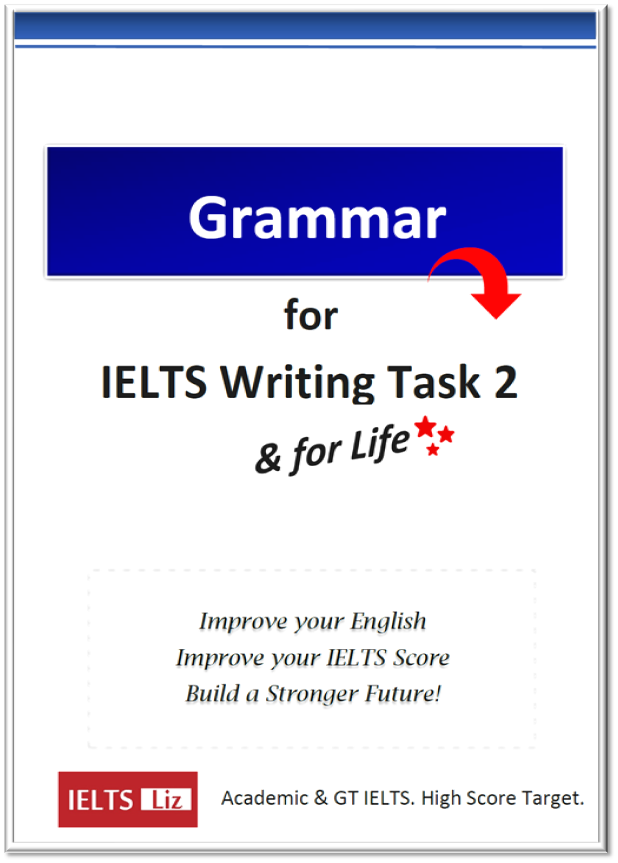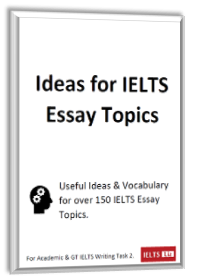There are over 15 types of questions which frequently come in IELTS speaking part 1. Even though the topics change, the common questions are often repeat so you should develop techniques for each type of question. Watch this video tutorial to learn what types of questions the examiner usually asks in IELTS speaking part 1 and also learn useful tips to help you identify the aim of each question. Transcript
Hello my name is Liz. In this lesson I want to look at a different types of questions that the examiner might ask you and IELTS speaking part 1. Now as you know you need to prepare lots of different topics so for example family hobbies going out birthdays but you also need to prepare the different types of questions. So even though the examiner will ask you about different topics the questions are often the same. Let’s have a look at some common questions for IELTS speaking part 1.
So let take a look at a common topic and that’s the topic of cooking. It’s a common topic to get in speaking part 1. Now you can see a list of questions here so let’s take a look at these questions more closely. What you can see is that each question begins with a different question word and this is very important to understand about speaking part 1 because every topic that you get in speaking part 1 can have questions that start with these question words. So for example, Read more….
IELTS Speaking Part 1: Common Questions
.
Recommended
- What’s your favourite…? Tips for a good answer
- Video Tutorial: Common Topics in Part 1
- A List of Topics and Questions for IELTS Speaking Part 1
.







